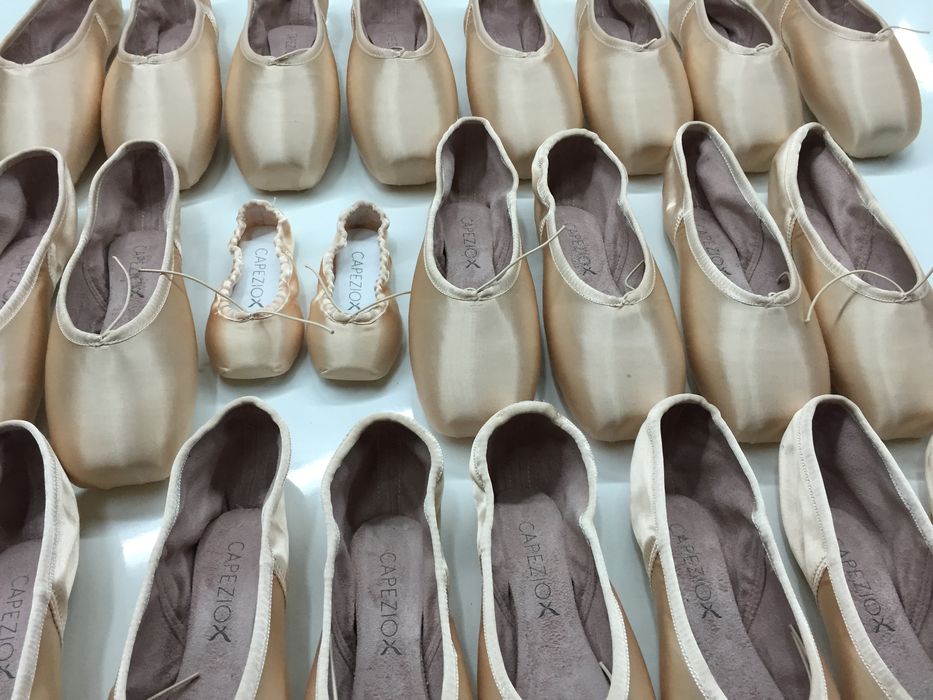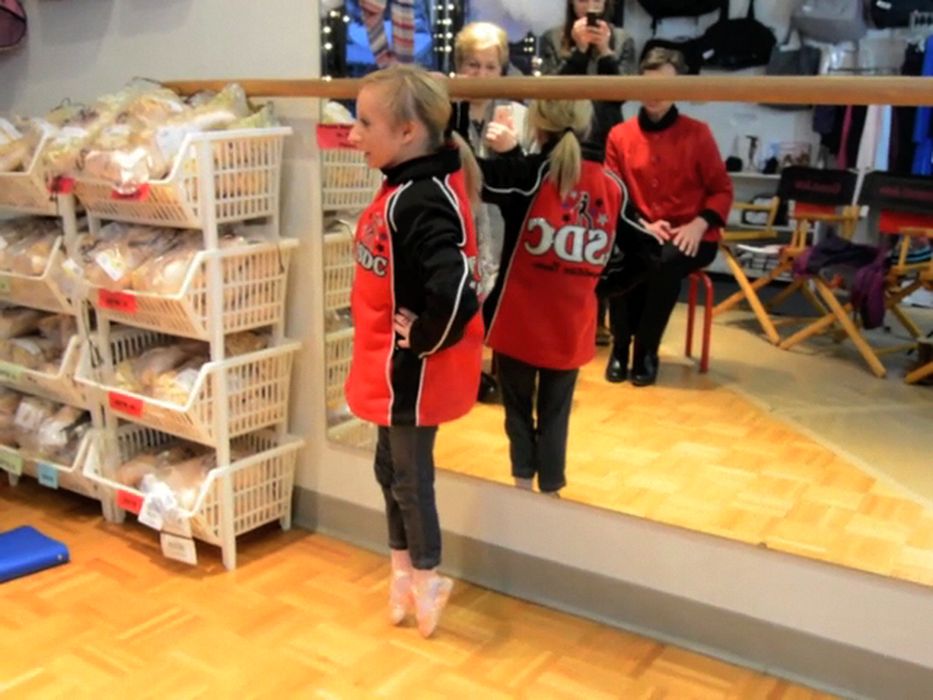
A Fabbaloo reader enquiry raised a question of how 3D printing could help primordial dwarfs.
I spoke with Mariska Baranczyk, who works directly with primordial dwarfs and raised the question to us.
If you’re not familiar with primordial dwarfs — and I was not — they are small people, but different from what you might think. Baranczyk explains:
“I work with a group of young ladies who are Primordial Dwarfs. They are some of the smallest women in the world. For example, one is 3 ft 3″ tall and weighs approximately 35 lbs.
Primordial Dwarfs are actually smaller than little people — both in physical size and (worldwide) population. It’s estimated that there are only 100 cases in the United States and Canada.”
According to Wikipedia:
“Primordial dwarfism (PD) is a form of dwarfism that results in a smaller body size in all stages of life beginning from before birth. More specifically, primordial dwarfism is a diagnostic category including specific types of profoundly proportionate dwarfism, in which individuals are extremely small for their age, even as a fetus. Most individuals with primordial dwarfism are not diagnosed until they are about 3–5 years of age.”
As you can imagine, the mass production world doesn’t see primordial dwarfs as a viable market, and so it is exceedingly difficult for these folks to procure any wearable items that fit.

Baranczyk explains:
“They are adults (age range 20s & 30s) but they wear baby or toddler sized clothing and shoes.
Customizing clothing is not that difficult. HOWEVER, getting age appropriate shoes is extremely difficult.
Specifically, they’re interested in high heeled shoes. As you know, they simply don’t make high heeled shoes for babies/toddlers because they’re just learning to walk.”
Certainly custom shoes can be made by cobblers, but they require lasts to form the basic shoe geometry, and it can be expensive to produce custom lasts. Baranczyk has already identified cobblers who are willing to produce shoes of very small sizes if suitable lasts were provided.
But the question is, what is the best way to obtain the lasts? Could 3D printing help in some way?
I think this is possible. It turns out that producing custom fit shoes is a topic of exploration in the industry today. Several companies are working on this problem, and the solutions generally follow this model:
- Obtain a 3D scan or measurement of the feet in question
- Use the obtained measurements to resize and reshape a base 3D model of a foot
- 3D print the result in the form of a last, or wrap the foot 3D model in shoe material to create a shoe
I see only one reason why this approach might not be usable for primordial dwarfs to produce a usable last: the base 3D models of feet may be somewhat different than the feet being scanned. The software generating the 3D model likely has expectations of ranges for the parameters, and it may have to be changed to account for the very small sizes and possibly different foot geometry involved.
One example of a group doing this type of work is the recent collaboration between PROTIQ, Forward AM and trinckle to produce custom 3D printed lasts. Their system may or may not be able to do this work.
This is not likely a project that can be undertaken “at home”. While it may be possible to inexpensively obtain 3D scans of feet using photogrammetry, the problem is that a scan of a foot isn’t necessarily the position a last should use. That’s where the fancy software comes in: it “poses” the foot 3D model in a shape that matches how a foot fits into a shoe for comfort and function.
I believe this could be a very interesting project if one of the 3D printing companies were interested in taking it on. It’s similar in some ways to other experimental projects I’ve seen in the past, and could serve as an outstanding example of the possibilities of 3D printing, while at the same time addressing the needs of an underserved market.
If you’re in a company, or know of one that could tackle this project, please contact Baranczyk directly at [email protected], and use “Primordial Shoes” in the subject line.
If anyone does take on this project, Fabbaloo would be very interested to cover the progress and outcome of the work.
Finally, Baranczyk told us that the “Little People of America” just happen to be having their annual convention, held virtually, over the next two weekends. There will be shoe vendors present who could help get a 3D print company up to speed on the topic. Any 3D print company interested in getting involved can join through this link.
